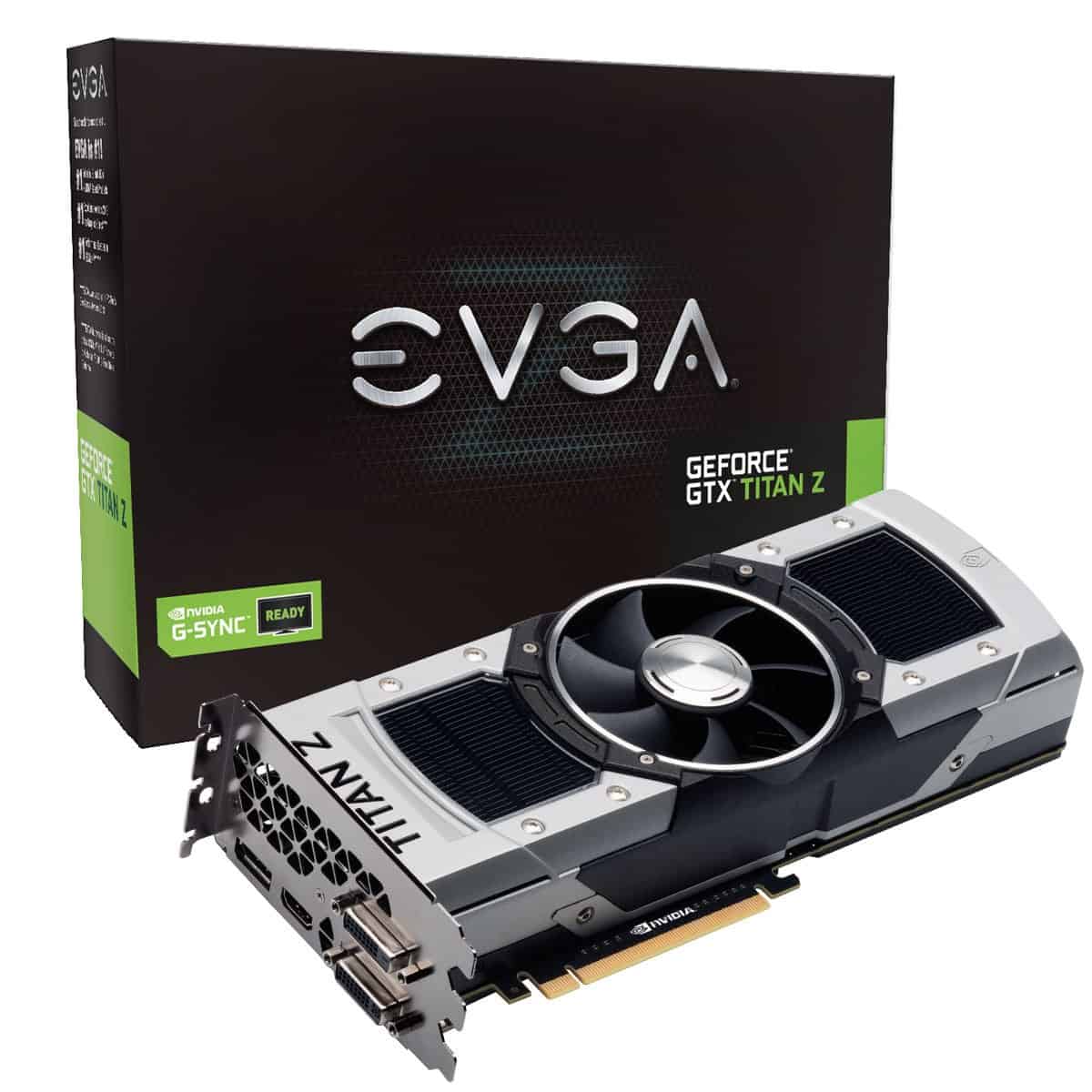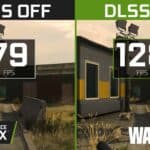The NVIDIA GeForce GTX Titan Z graphics card was designed for the most demanding enthusiasts in the gaming world. Launched in 2014, it remains an attention-grabber due to its formidable specifications. With a total of 5760 cores spread across dual GPUs and a hefty 12 GB of memory, the Titan Z was built to handle intense gaming sessions and multi-monitor setups.
While the GTX Titan Z can still run many modern games, its performance in the latest titles may not match the newer GPUs on the market. Once the pinnacle of performance, the graphics card now faces competition from more recent models that offer better efficiency and support for the latest graphical features. Its capability in gaming also partly hinges on the resolution one aims to play at, considering its architecture was top-tier at release.
Gamers considering the Titan Z in today’s landscape should gauge how it stands against contemporary alternatives, especially given the evolution of gaming requirements and supporting technology. As newer games leverage advancements in graphics technology, it’s important to assess whether this enthusiast-level card still delivers the gaming experience one desires at a competitive level.
Unveiling the GeForce GTX Titan Z: A Powerhouse of Graphics Performance
The GeForce GTX Titan Z is a high-performance graphics card released by NVIDIA in 2014. Designed for extreme gaming enthusiasts and professionals, it boasts impressive specifications and capabilities that set it apart from other graphics cards of its time.
Specifications and Features
The Titan Z is equipped with two GK110 GPUs, each with 2880 CUDA cores, totaling 5760 cores. It packs a massive 12GB of GDDR5 memory, providing ample bandwidth for demanding tasks and high-resolution gaming. The card’s base clock speed is 705MHz, but it can boost up to 876MHz in GPU Boost 2.0 mode.
Other notable features of the Titan Z include:
- Dual-GPU Architecture: Two GPUs on a single card offer immense processing power for handling complex graphics workloads.
- NVIDIA GPU Boost 2.0: Dynamically adjusts the clock speed to maximize performance while maintaining optimal temperatures.
- NVIDIA SLI Support: Allows users to connect multiple Titan Z cards for even greater performance gains.
- DirectX 12 Support: Ensures compatibility with the latest gaming technologies and APIs.
Performance and Benchmarks
In benchmarks, the Titan Z consistently delivered top-tier performance, outperforming most single-GPU cards of its time. It excelled in demanding games and applications, even at high resolutions and maximum settings. However, its performance wasn’t always twice that of a single Titan Black due to scaling limitations and software optimization challenges.
Target Audience and Applications
The Titan Z was primarily aimed at gamers and professionals who demanded the absolute best performance from their graphics cards. It found favor among content creators, video editors, and 3D artists who needed powerful hardware for their demanding workloads. Gamers with multi-monitor setups and enthusiasts seeking the ultimate gaming experience also appreciated the Titan Z’s capabilities.
Legacy and Impact
While the Titan Z is no longer in production, it remains a significant milestone in the history of graphics card technology. It showcased the potential of dual-GPU architectures and set a new standard for high-performance graphics cards. Although its reign as the top-performing card was short-lived, the Titan Z paved the way for future generations of powerful GPUs that continue to push the boundaries of visual fidelity and performance.
Technical Specifications
| Specification | Value |
|---|---|
| CUDA Cores | 5760 |
| Base Clock | 705 MHz |
| Boost Clock | 876 MHz |
| Memory | 12GB GDDR5 |
| Memory Interface | 768-bit |
| Memory Bandwidth | 672 GB/s |
| TDP | 375W |
Key Takeaways
- The GeForce GTX Titan Z is built with dual GPUs and 12 GB of memory.
- It was state-of-the-art at launch but faces strong competition from newer models today.
- Its gaming performance varies with game requirements and technological advancements.
Technical Specifications and Performance
The GeForce GTX Titan Z is a dual-GPU graphics card built for high-end gaming performance. It boasts advanced technology for its time and an impressive array of specs aimed at delivering an exceptional gaming experience.
Architecture and GPU Design
The Titan Z utilizes the Kepler architecture, known as GK110B, which comprises a significant count of transistors and CUDA cores. The card features two GK110 GPUs designed to work in tandem, delivering enhanced processing power.
Memory and Bandwidth
With 12GB of GDDR5 memory, the Titan Z has a wide memory bus and high memory clock rates that provide substantial memory bandwidth. This setup allows textures to load quickly and supports higher resolutions in games.
Gaming Capabilities and Comparisons
In terms of performance, the Titan Z offers considerable TFLOPS which enables high frame rates (FPS) in games. When compared to other graphics cards of its era such as the Radeon R9 295X2 or the Titan Black, it maintains competitive gaming capabilities.
Connectivity and Compatibility
Equipped with HDMI, DisplayPort, and DVI outputs, the Titan Z supports various display interfaces. It is compatible with DirectX 12, OpenGL, OpenCL, and Vulkan, ensuring a wide range of game and application support.
Power, Size, and Cooling
The power consumption of the Titan Z is reflected in its thermal design power (TDP), necessitating adequate cooling. Despite its dual-GPU design, the card maintains manageable dimensions and requires multiple power connectors to operate.
Value Assessment and Market Position
Launched with a high retail price, the Titan Z targeted enthusiasts and offered high performance per watt and value for money for its time. It stands as a premium segment card in NVIDIA’s GeForce lineup.







